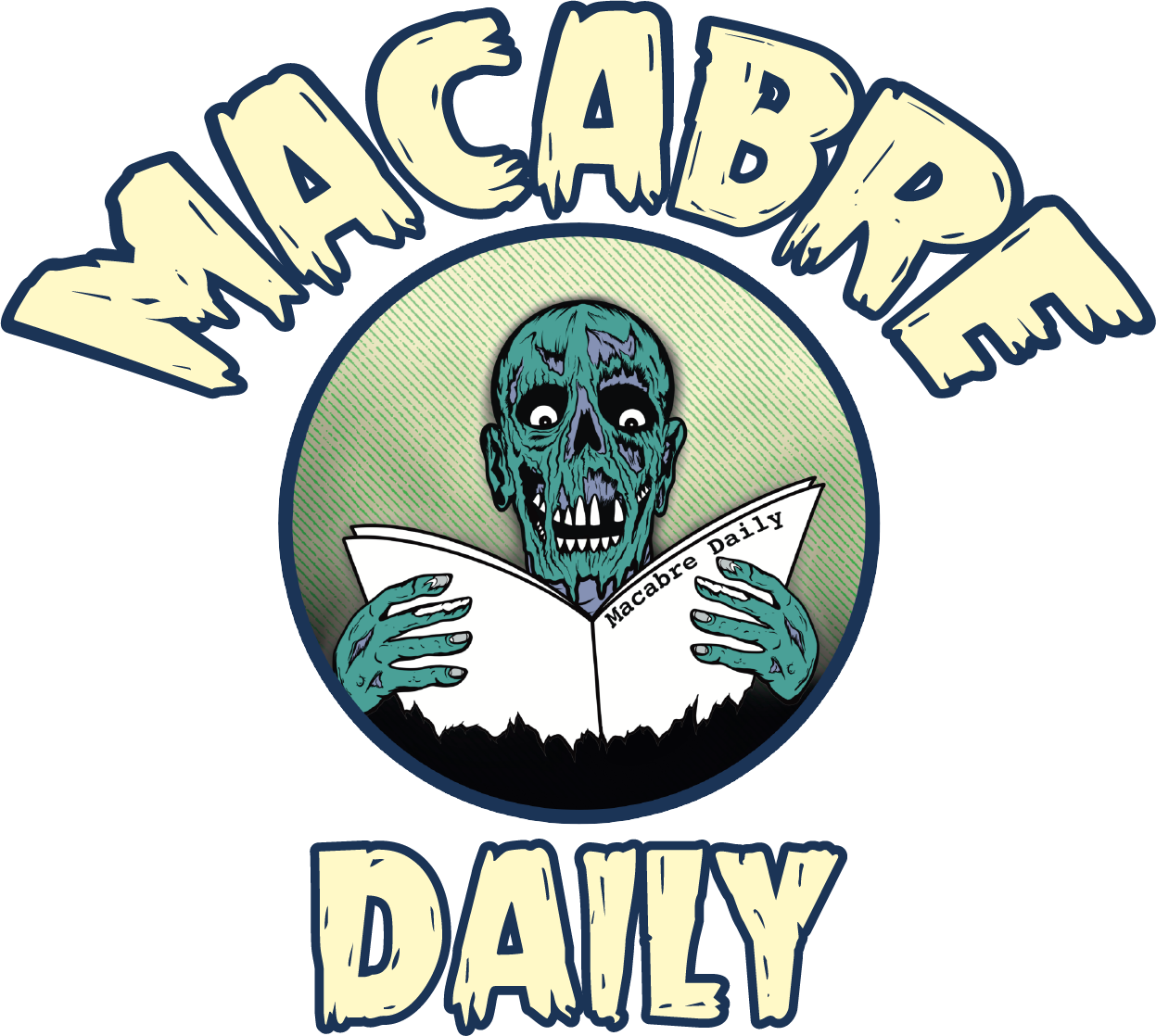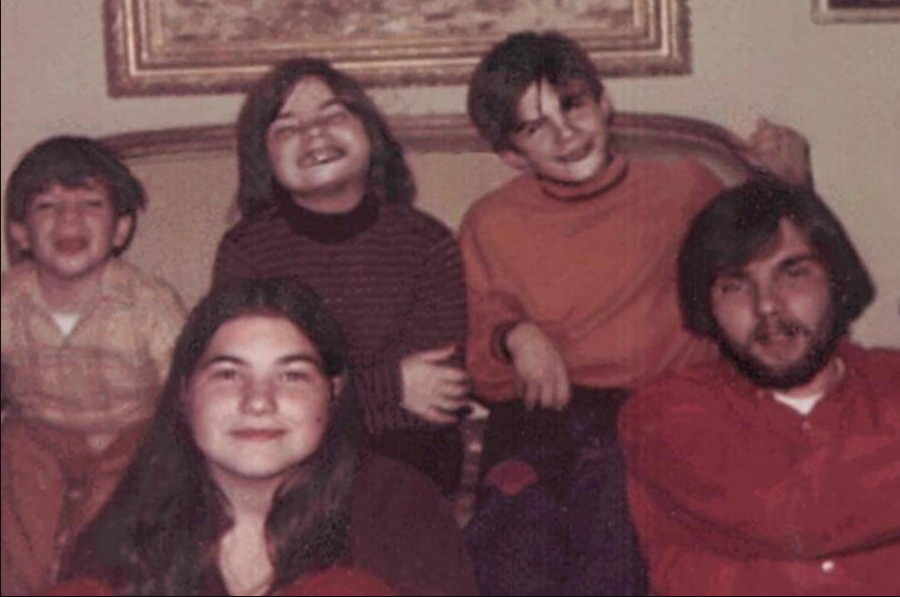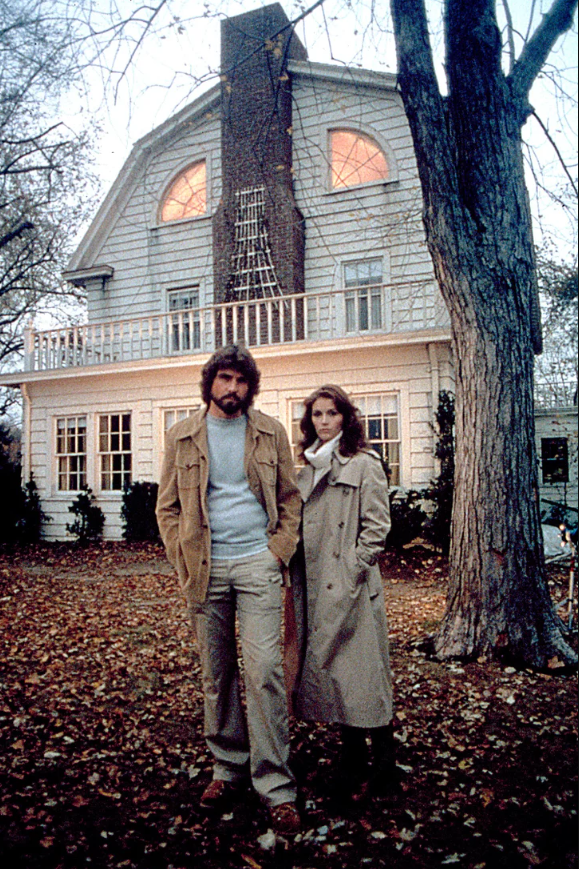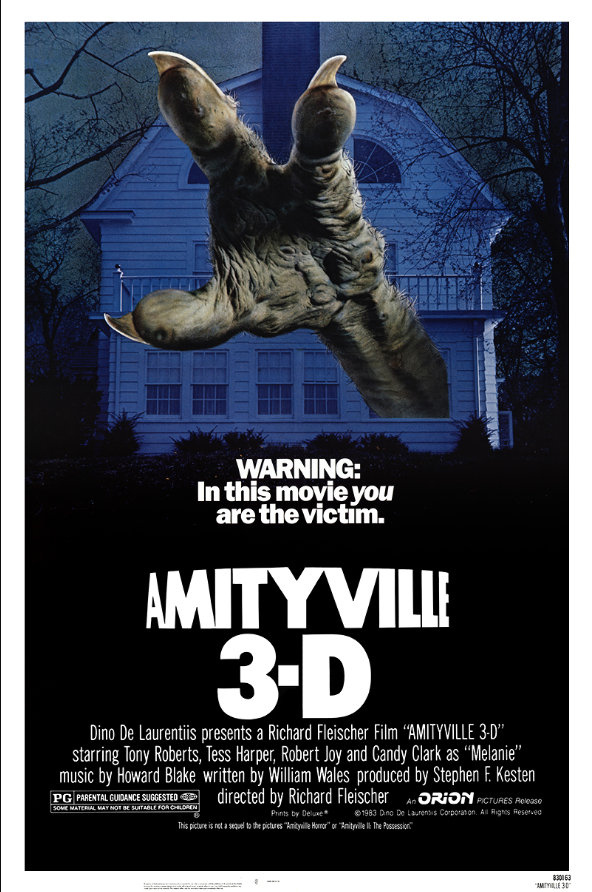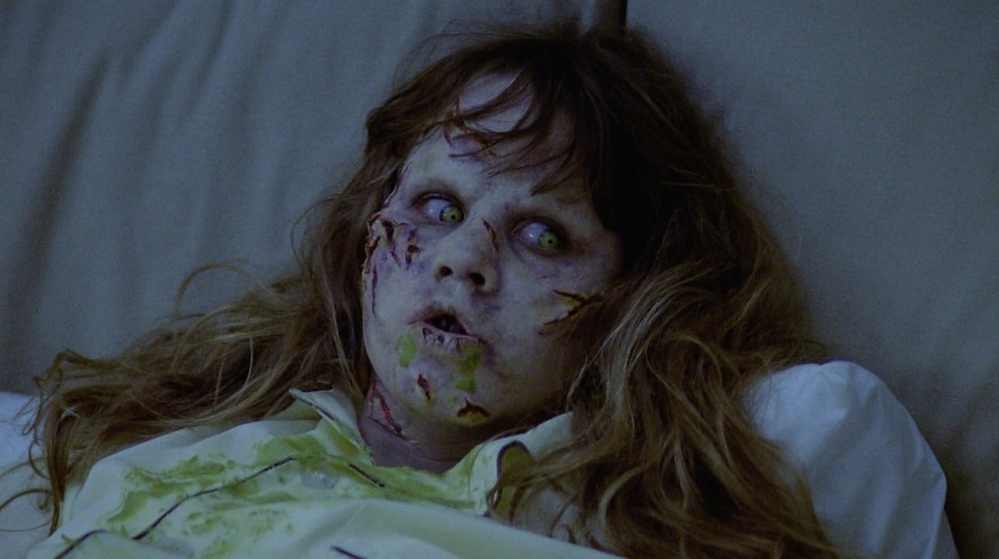"The Amityville Horror" (1979): A Classic Horror Staple With Historical Roots And Social Impact
"The Amityville Horror" is a chilling horror film released in 1979 that has since become a genre-defining classic. The movie is based on Jay Anson's novel, which claims to be a true story of paranormal events that unfolded in a historical house located at 112 Ocean Avenue, Amityville, New York. Directed by Stuart Rosenberg and produced by Samuel Z. Arkoff and Elliot Geisinger, the film successfully brings to life the haunting tale of a family's terrifying experiences in a house with a dark history.
History of the Amityville House:
The Amityville house became infamous due to a horrifying incident that occurred on November 13, 1974, when Ronald "Butch" DeFeo Jr., then 23 years old, brutally murdered his entire family while they were asleep in their beds. The victims included his parents, Ronald DeFeo Sr. and Louise DeFeo, and his four siblings, Dawn, Allison, Marc, and John. The entire family was found dead in their home the following day. Ronald initially tried to create an alibi and falsely claimed that he had discovered the bodies of his family members. However, inconsistencies in his story quickly led to suspicion, and after further questioning by police, he confessed to the murders. In his confession, DeFeo Jr. stated that he killed his family because he claimed to have heard voices that commanded him to commit the acts. He said, "Once I started, I just couldn't stop. It went so fast."
Ronald Defeo Jr. pictured with his siblings Dawn, Allison, Marc, and John.
Throughout the investigation and subsequent trial, DeFeo Jr. continued to provide varying accounts of what happened that night. He later claimed that his sister Dawn was responsible for the murders of their parents, and he killed her in self-defense. However, this version of events was inconsistent with the physical evidence found at the crime scene. DeFeo Jr. was eventually found guilty of six counts of second-degree murder and sentenced to six consecutive life terms in prison. He has been incarcerated at various correctional facilities since his conviction and has attempted to appeal his sentence multiple times, all of which have been unsuccessful. Over the years, Ronald DeFeo Jr. has given several interviews from prison, often changing his account of what happened that fateful night. His claims of hearing voices and blaming his sister for the killings have been met with skepticism and disbelief.
After this tragic event, the Lutz family moved into the house in December 1975. They claimed to have experienced a series of paranormal phenomena, including strange sounds, unexplained cold spots, and ghostly apparitions, which ultimately drove them to flee the property just 28 days later. Their experiences became the basis for Jay Anson's bestselling novel, which, in turn, inspired the 1979 film adaptation.
Film Production:
"The Amityville Horror" production began with an extensive pre-production phase. Director Stuart Rosenberg and the crew aimed to create an authentic and terrifying atmosphere, staying true to the book's alleged real-life events. To achieve this, they conducted thorough research on the Lutz family's experiences, and the house itself became a character in its own right. The hauntingly iconic design of the home, with its ominous windows resembling evil eyes, added to the film's eerie ambiance.
During the production phase, the film featured a stellar cast, with James Brolin and Margot Kidder portraying George and Kathy Lutz, respectively. James Brolin, known for his versatility as an actor, brought a commanding presence to the role of George Lutz. His portrayal of a man struggling to protect his family from unseen forces made the horror all the more palpable. Meanwhile, Margot Kidder's performance as Kathy Lutz added depth and emotional intensity to the film. Her ability to convey fear and vulnerability made her character's journey into the unknown utterly convincing.
“We wanted to create an unsettling atmosphere that would stay with the audience long after they left the theater”, said director Stuart Rosenberg . “The house itself became a character, its dark history serving as the backdrop for the family's descent into terror."
"James Brolin and Margot Kidder brought a remarkable intensity to their roles, infusing the film with a sense of realism that made the audience emotionally invested in their plight."
Trivia and Film Facts:
"The Amityville Horror" was a commercial success, grossing over $86 million at the box office, making it one of the highest-grossing independent films of its time.
The film's chilling score, composed by Lalo Schifrin, contributed significantly to its haunting atmosphere and has since become iconic in the horror genre.
The Amityville house used in the film's exterior shots became a subject of curiosity and visited by countless curious tourists after the film's release. However, the actual house's address was changed to deter unwanted attention.
Margot Kidder, who played Kathy Lutz, was already a well-established actress known for her role as Lois Lane in the "Superman" film series.
James Brolin's casting was initially met with skepticism due to his image as a romantic lead, but his exceptional performance silenced critics and added credibility to the film's horror elements.
Film Reception and Sequels:
"The Amityville Horror" was met with a mix of critical and audience reactions upon its release. While some critics praised its eerie atmosphere and the performances of Brolin and Kidder, others criticized it for its reliance on familiar horror tropes. Nonetheless, the film's commercial success led to a string of sequels, spin-offs, and a remake in later years.
The sequels, such as "Amityville II: The Possession" (1982), "Amityville 3-D" (1983), and "Amityville: The Evil Escapes" (1989), further explored the cursed house's supernatural legacy. Although some of these sequels deviated from the original story, they contributed to the ongoing fascination with the Amityville haunting.
The 2005 remake of "The Amityville Horror" aimed to reintroduce the terrifying tale to a new generation while paying homage to the iconic 1979 film. Directed by Andrew Douglas and starring Ryan Reynolds and Melissa George as George and Kathy Lutz, the remake maintained the chilling essence of the original story while incorporating some notable differences from the 1979 film and drawing inspiration directly from Jay Anson's novel.
One significant departure from the original film was the incorporation of more intense and graphic horror elements. The 2005 remake delved deeper into the supernatural occurrences haunting the Lutz family, heightening the tension and fright. With advancements in special effects and makeup, the remake presented more realistic and terrifying paranormal manifestations, such as swarming flies, grotesque apparitions, and menacing voices, amplifying the sense of dread for the characters and the audience.
Another notable difference was the exploration of George Lutz's psychological descent. The remake delved further into George's deteriorating mental state, emphasizing the psychological toll the house's malevolent presence had on him. Ryan Reynolds delivered a haunting performance, conveying George's internal struggles and growing paranoia with remarkable intensity, allowing the audience to witness the character's transformation from a loving husband to a tormented soul.
Moreover, the 2005 remake drew directly from Jay Anson's novel, incorporating additional eerie occurrences that were not featured in the 1979 film. These additions included supernatural experiences involving the young daughter, Chelsea, and the haunting presence of the house's former resident, Jodie DeFeo. By drawing from the book, the remake offered a fresh take on the Amityville haunting and provided fans of the original novel with a more comprehensive depiction of the Lutz family's harrowing experiences.
Social Impact:
After "The Amityville Horror" was released, its impact on the horror genre and popular culture was undeniable. The film's commercial success led to the revitalization of the haunted house subgenre of horror, with many films attempting to replicate the film's suspense and terror. The Amityville house itself became a tourist attraction and a subject of fascination among paranormal enthusiasts.
The actual Amityville House as it stands today.
Moreover, the film sparked discussions on the validity of the paranormal and the enduring fascination with haunted houses. The Amityville case was heavily debated, with skeptics dismissing it as a hoax and believers embracing it as a genuine haunting. Regardless, the film tapped into the collective fear of the unknown and the supernatural, making it a significant cultural phenomenon.
"The Amityville Horror" is a horror classic that continues to stand the test of time. Its unique blend of historical roots, eerie production, and social impact cemented its status as a staple in the horror genre. The film's chilling portrayal of a family's ordeal in the haunted Amityville house continues to captivate audiences and remains a haunting reminder that some horrors are best left in the dark corners of history. The masterful performances of James Brolin and Margot Kidder further elevate the film, solidifying it as a must-watch for horror enthusiasts and a true testament to the enduring allure of supernatural terror. Despite mixed reviews, "The Amityville Horror" successfully launched a franchise that would haunt the imaginations of audiences for years to come.
Stay up to date with “The Dark Side Of Pop Culture” by following MacabreDaily on Instagram, Facebook, and Twitter.
